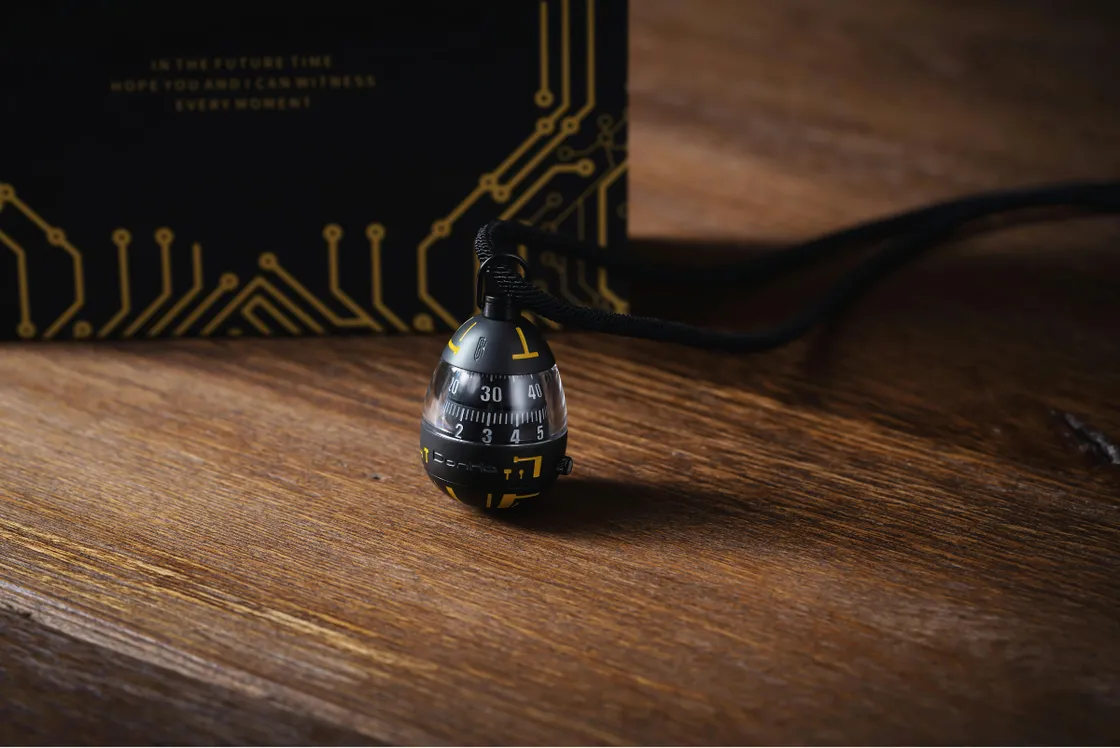
- Dec 16, 2024
- —
- 04 mins read
How I Accidentally Became Productive by Watching Cat Videos
Who knew cat videos could lead to better focus and productivity? Here's how a seemingly lazy habit turned into my secret weapon for getting things done.














Explorer posts by categories
Explorer posts by tags

Ah, the Pomodoro Technique—a time management strategy that promises to make you ultra-productive, one tomato timer at a time. I first stumbled upon it during college when looming deadlines and my Netflix addiction were constantly at war. Armed with a tomato-shaped timer, I gave it a shot—and realized it was oddly satisfying to race against the clock, even if the only prize was not failing my history essay. It sounds quirky, effective, and kind of like a low-key kitchen invasion. But is it truly a productivity savior, or just another overhyped gimmick? Let’s break it down in all its juicy, tomato-shaped glory.
Developed by Francesco Cirillo in the late 1980s, the Pomodoro Technique is deceptively simple:
Why 25 minutes? Maybe it’s the Goldilocks zone for focus—not too short to feel pointless, not too long to send your brain on vacation. The “Pomodoro” name? Inspired by Cirillo’s tomato-shaped kitchen timer.

Fans of the Pomodoro Technique rave about its ability to:
It’s like having a personal productivity coach whispering, “You’ve got this… but only for 25 minutes.” Plus, the ticking timer can sometimes feel like a little accountability buddy sitting on your desk.
Trying the Pomodoro Technique for the first time? Start with a task you’ve been putting off forever. 25 minutes might be all it takes to finally tackle it!
Our brains aren’t built for marathon focus sessions. Studies suggest attention spans range from 20 to 30 minutes before productivity nosedives. The Pomodoro Technique capitalizes on this sweet spot, keeping you in a mental “flow state” without overwhelming your cognitive circuits.
Breaking work into intervals helps prevent that glazed-over look you get after staring at a screen for hours. For example, graphic designers often use this technique to maintain creativity while working on demanding projects, switching between design and planning during breaks. Similarly, software developers find it useful to break coding tasks into Pomodoro chunks, helping them debug efficiently while avoiding mental fatigue. Plus, there’s something satisfying about hearing the timer ding—it’s like winning a small productivity trophy.
But let’s be honest—not every task fits neatly into 25-minute intervals. Writing an essay? Sure. Solving world peace? Maybe not. The technique works best for tasks you can chop into smaller chunks.
Let’s not pretend this technique is all sunshine and marinara. Here’s where it might fall short:
The timer was my best friend—until I started hitting snooze like it was a morning alarm.
An Anonymous Pomodoro Dropout
If you’re ready to give the technique a whirl, here are some tips to avoid common pitfalls:
While the Pomodoro Technique is all about time chunks and frequent breaks, other methods take different approaches. Here’s a quick comparison:
Each technique has its strengths, and combining elements from different methods can sometimes yield the best results. For instance, you might use the Eisenhower Matrix to prioritize tasks and then tackle them with the Pomodoro Technique.
Don’t feel tied to just one method. Experiment with blending Pomodoro sprints with prioritization tools like the Eisenhower Matrix or scheduling strategies like Time Blocking.
So, is the Pomodoro Technique a legit game-changer? For many, yes! It provides structure, combats procrastination, and prevents burnout. But like any productivity tool, it’s not a one-size-fits-all solution. If you hate being boxed into 25-minute chunks, don’t force it—just steal the parts that work for you.
Still not sure if it’s worth trying? Consider this: Would you rather experiment with a quirky tomato timer or keep scrolling Instagram for productivity tips? (The tomato wins, right?)
If you’ve already tried it, let me know—did it revolutionize your workflow, or just leave you craving spaghetti?
Share on Instagram your best Pomodoro hacks or funniest timer fails. Let’s swap tips and tricks!

Max Bennett
Max was once the king of procrastination, proudly sporting a "Deadline Enthusiast" badge. After realizing he spent more time organizing his desk than actually working, he dove headfirst into the world of productivity. Max now experiments with unconventional (and sometimes ridiculous) productivity hacks and shares what works—with plenty of laughs along the way.

Who knew cat videos could lead to better focus and productivity? Here's how a seemingly lazy habit turned into my secret weapon for getting things done.

Tired of your snooze button ruling your mornings? Discover playful yet practical tips to wake up with less groaning and more go-getting.